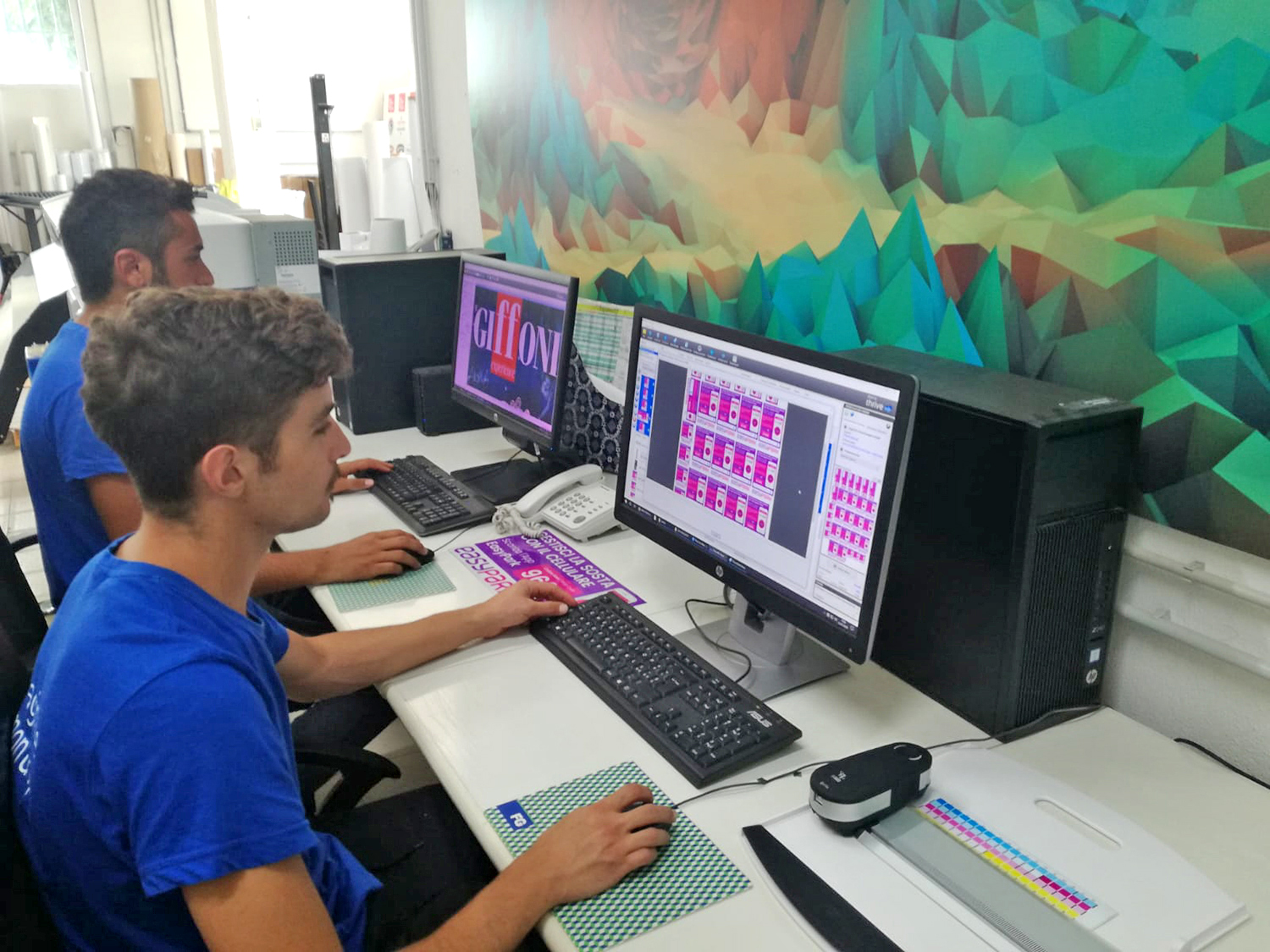What are the odds that a signshop operating today doesn’t have some type of digital printer? A long shot, right? Some shops have their printers optimized for printing on thick media. Others create wall, window and vehicle graphics or what-ever the customer needs. Regardless of speed, number of colors, width and all of those other factors, the one thing they have in common is marking an image onto some type of substrate. While the printer will dictate how detailed the image can be via dot resolution, other factors come into play when determining final print quality. The original source image, be it a scan, photo or drawing – and how it is ultimately processed into the bitmap file sent to the printer – are the most important factors.
And the thing that takes the source file and renders it into the final bitmap is almost always either a print driver or a raster image processor (RIP). While print drivers mostly work for desktop printers, they are not generally used for wide-format printers. Print drivers tend to be too inflexible and rely on the source workstation for storage and processing resources; thus, the need for RIPs in sign work.
Most wide-format RIPs are programmed to handle large prints as efficiently as possible. In general, RIPs use an intermediate graphics description language called PostScript. The conversion takes place via a print driver or when a file is directly dropped into a RIP’s queue. PostScript describes all of the entities on the page such as text (including fonts and sizes), vector graphics (circles, lines, etc.) and embedded raster images (scans, photos, etc.). The RIP then takes this file and converts each entity into a bitmap which it then sends to the printer.
RIP ROARING
The previous description is a vast oversimplification, but at least it gives you an idea of what is going on internally. And while converting a file to PostScript may seem to be an extra step, most RIPs can process source info to PostScript much faster than a print driver can process the native graphics. We should also mention that RIPs provide resolution and color data based on the target media, vital to accurate and consistent color printing.
Twenty-five years ago, PDF (Portable Document Format) files, invented by Adobe, allowed documents created on a machine with one type of O/S (operating system), fonts and applications to render properly on any other machine, regardless of its O/S, etc. PDFs are widely used in digital printing and many RIPs can handle PDFs directly – without the need to open them in an application. In other words, if you process a lot of PDFs, you definitely need and should use a RIP, as it will prevent bottlenecks when queuing several images to print.
So, you really need a RIP if you work with large files, have one or more fast printers, have several designers needing to share a device or need to print a lot of PDF files. If that still doesn’t convince you, then look at the other benefits – yes, there are more. Most RIPs offer either standard or optional print/cut modes. If you have the most discerning customers, it’s usually easy to add color management (if not already included). Add-ons for signmakers and textile printers are generally available and will make your life a lot easier. All in all, RIPs do an amazing amount of work and are essential if your shop does digital printing. Look for the one that matches your print machinery and substrates, as well as your source materials and color-management needs, best.
Advertisement


 Tip Sheet1 week ago
Tip Sheet1 week ago
 Photo Gallery3 days ago
Photo Gallery3 days ago
 Ask Signs of the Times5 days ago
Ask Signs of the Times5 days ago
 Real Deal2 weeks ago
Real Deal2 weeks ago
 Benchmarks1 week ago
Benchmarks1 week ago
 Photo Gallery9 hours ago
Photo Gallery9 hours ago
 Women in Signs2 weeks ago
Women in Signs2 weeks ago
 Women in Signs1 week ago
Women in Signs1 week ago













